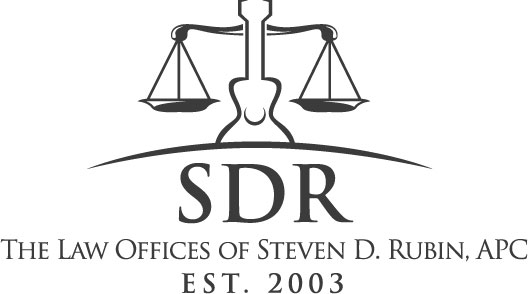
Partnership Capital Accounts … a riddle, wrapped in a mystery, inside an enigma … or maybe not.
In a radio broadcast in October 1939, in addressing the mystery of Russia, Winston Churchill made the following statement:
“I cannot forecast to you the action of Russia. It is a riddle, wrapped in a mystery, inside an enigma; but perhaps there is a key. That key is Russian national interest.” A riddle, wrapped in a mystery, inside an enigma. In my view, these words could also be used to describe America’s partnership tax regulations. When I was attending Georgetown’s Master of Laws Program in Taxation in 1990-1991, I took a class on partnership taxation. I remember our professor made the following comments regarding the partnership tax regulations: “There are only two guys who understand the partnership tax regulations, and these are the guys that wrote them, and they are making a fortune running around telling everyone else what they mean.”
Frankly, I wouldn’t be surprised if even these two guys did not know what they mean.
That said, the partnership (and this INCLUDES limited liability companies that are taxed like partnerships) are a very common form of business structure. So whether complicated or not, many people elect to do business in the partnership form (and limited liability company form that elects to be taxed as a partnership) and therefore are subject to the partnership tax regulations whether they like it or not, and whether they understand it or not. So, this article takes a peek at how Capital Accounts work, and then points you to the places in the related tax returns and schedules where a partner can “see” how his or her Capital Account is doing.
A Peek at how Capital Accounts work:
The partnership tax regulations provide that in order for partnership allocations to have “substantial economic effect” (and therefore be respected by the IRS) the partnership must establish and maintain capital accounts for the partners.
A partner’s capital account represents the value of a partner’s equity interest in the partnership (often expressed in dollars). Each partner’s capital account also reflects the interest that partner has in the partnership in relation to the other partners’ interests (often expressed as a percentage). For this purpose, capital accounts are generally recorded using market values because the relationship among the partners is generally based on the values of their contributions to the partnership.
Although a partner’s capital account (i.e., the net worth of the partner’s share of the partnership) is generally determined by the value of the property that each partner contributed to the partnership, the partnership financial statements may not reflect a partner’s actual interest in the partnership if the financial statements are recorded using tax accounting (i.e., tax basis – this will be subject of a future article).
The partner’s capital accounts are adjusted to reflect the changing value of each partner’s interest. Adjustments are made each year for the income or loss of the partnership and any distributions made to the partners. If a partnership has generated an operating profit, the value of the partnership’s assets has increased by the amount of this operating profit. Accordingly, the partners’ capital accounts are also increased by the amount of partnership profits. Any distributions to the partners, conversely, represent a decrease in the value of assets owned by the partnership; the partners’ capital accounts are also decreased by the amount of any distributions.
Example -Adjustments to Capital Accounts
X and Y form an equal partnership to which each contributes $10,000. X and Y each have a $10,000 initial capital account. In Year 1, the partnership generates $1,000 of income, shared equally between X and Y. X and Y each report $500 of partnership income, and each of their capital accounts is increased by $500. If the partnership later distributes $1,000 to X and Y, each of their capital accounts is reduced by $500.
When a partnership borrows money to finance the acquisition of assets by the partnership, no adjustment is made to the capital accounts. The increase in the value of partnership assets is offset by the increase in partnership liabilities. Therefore, the net worth of the partners’ equity remains the same. If partnership assets are distributed to creditors to satisfy partnership liabilities, no adjustment is made to the capital accounts. The decrease in the value of partnership assets is offset by the decrease in partnership liabilities.
Where can I “see” my Capital Account?
Every partnership (including limited liability companies that elect to be taxed as partnerships) is required to file with the partnership’s Form 1065 Partnership Tax Return, and provide a copy to each partner a Schedule K-1 Partner’s Share of Income, Deductions, Credits, etc. (the “K-1”). If you look on the 2013 Schedule K-1, in Part II, the “story” of a partner’s capital account is set forth at Items J, K and L. If properly filled out, you will get to “see” the “story.” Furthermore, the information on all of the partners’ K-1’s in the aggregate should be reflected on the Form 1065 Partnership Tax Return at Schedule M-2 Analysis of Partners Capital Accounts. Once again, this time in the aggregate, the partners should be able to “see” the “story” of their respective Capital Accounts.
If the aggregate of the information on the partners’ K-1’s does not “jive” with the information on the aforementioned Schedule M-2, something may very well be rotten in the state of Denmark if you get my drift.
So, as complicated as the partnership tax regulations are, a partner should nevertheless be able to “see” at least a summary of how his or her Capital Account is faring without requiring an advanced degree in economics.


